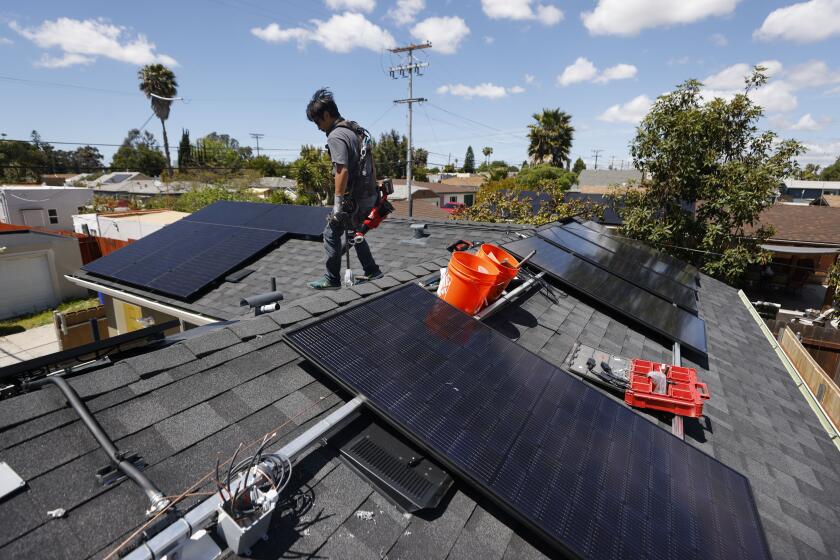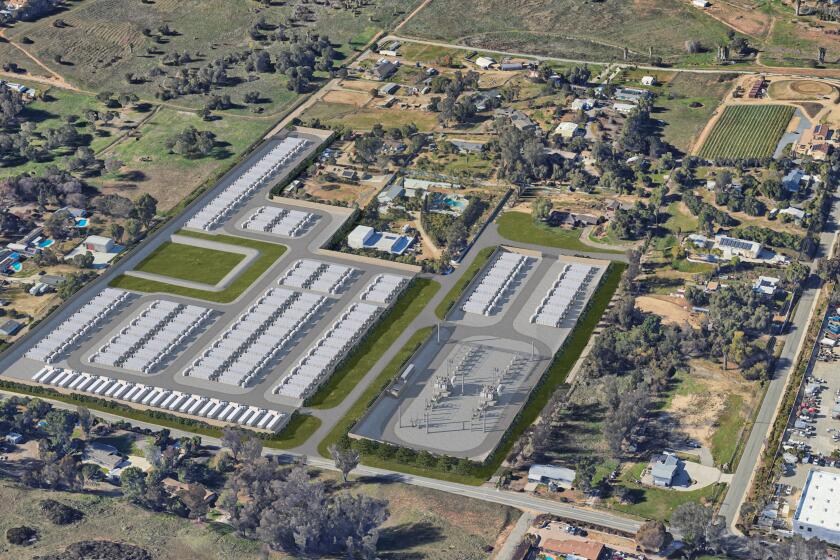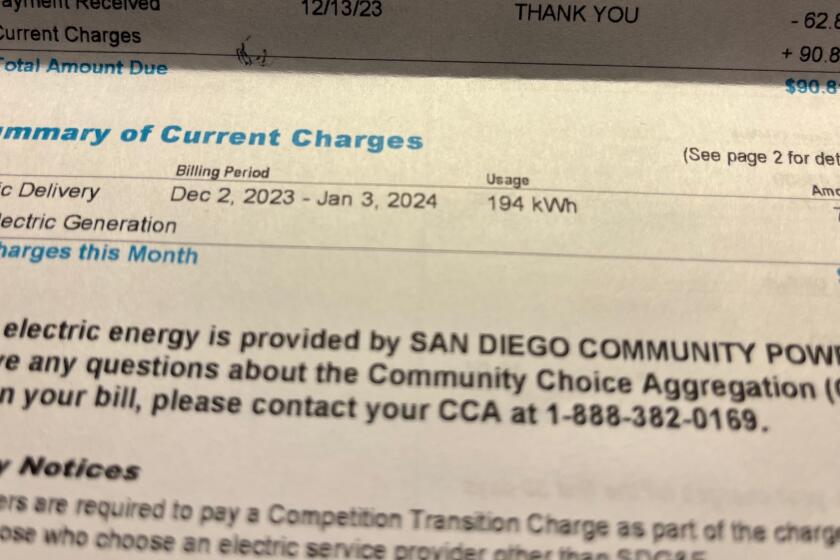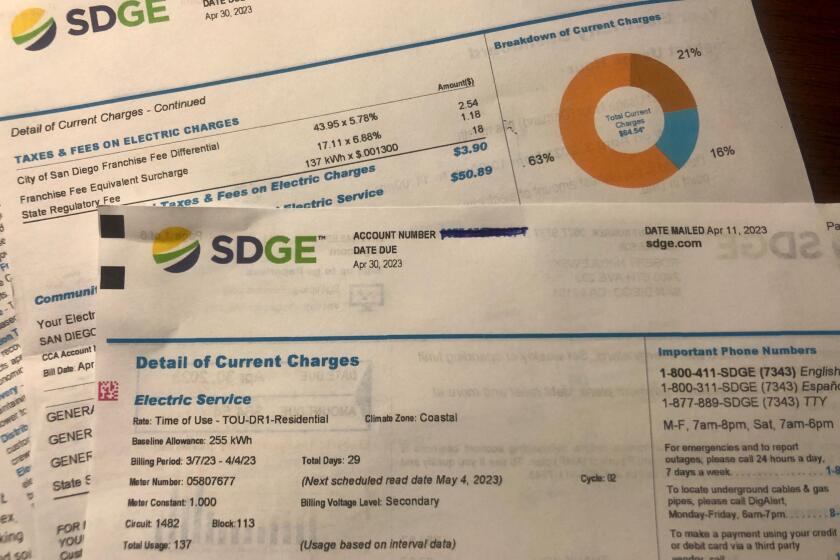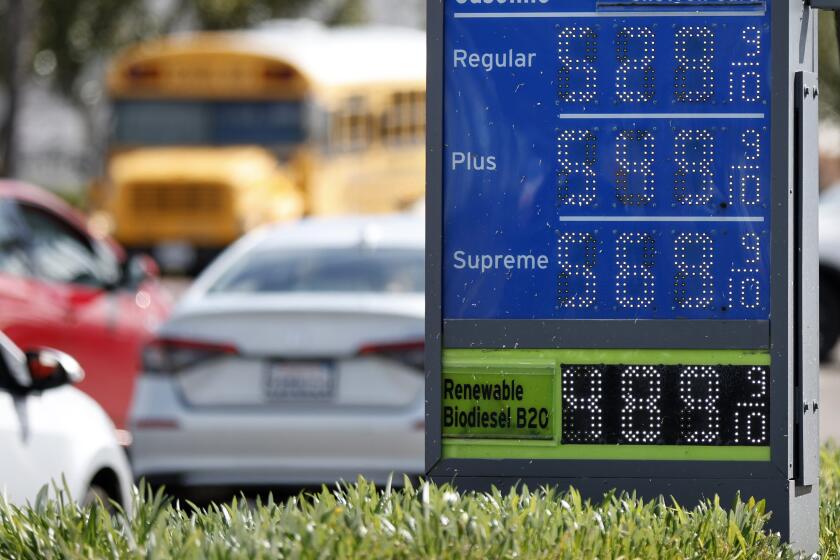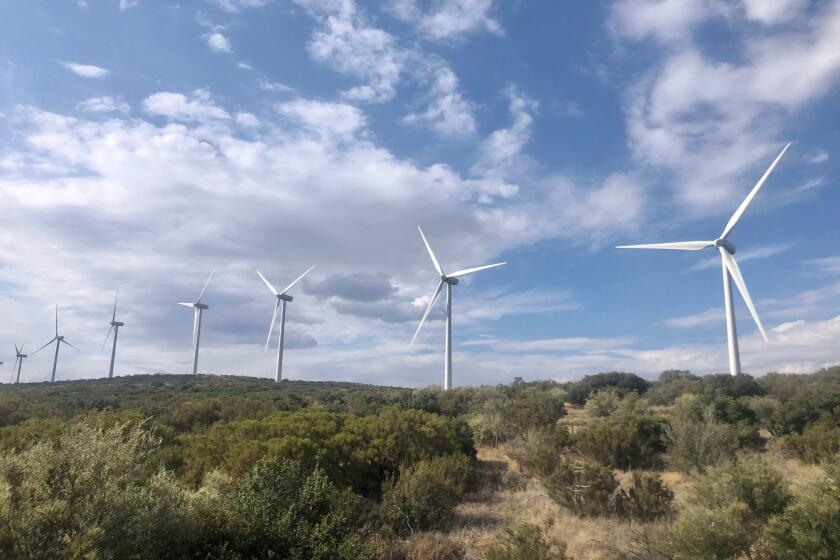Sempra lines up contractor for LNG facility in Texas
Sempra Energy’s plans to build a large liquefied natural gas facility on the Texas Gulf Coast took a major step toward becoming a reality Friday when the company’s LNG and Midstream division selected Bechtel as the project’s contractor.
The largest construction company in the country, Bechtel will prepare, negotiate and finalize a lump-sum engineering, procurement, construction and commissioning contract for the facility designed to be built near Port Arthur, Texas.
“We are confident Bechtel’s construction and management team will help us achieve a world-class LNG export project at Port Arthur and meet the global demand for LNG,” said Octávio M. Simões, president of Sempra LNG & Midstream in a statement.
Financial terms of the deal were not disclosed.
LNG processing units are called “trains” and the proposed liquefaction operation is expected to include two trains to enable the long-term sale of about 11 million tons per year of LNG, up to three storage tanks and two marine berths.
Developing the Port Arthur facility is contingent upon obtaining commitments from customers, completing the required commercial agreements and securing the necessary permits and approvals, as well as “other factors associated with the investment,” Sempra Energy said in a news release.
The San Diego-based energy giant is in the midst of constructing another LNG facility in Louisiana and is considering expanding its LNG operation in Mexico.
The Cameron LNG project in Hackberry, Louisiana, is expected to begin operations next year.The $10 billion facility includes partners in Japan and France. Sempra has estimated earnings at Cameron could exceed $400 million by 2020.
Sempra’s subsidiary in Mexico, IEnova, operates the Energía Costa Azul facility near Ensenada that already has an LNG import component. Permits are in place to potentially add an export component, which could supply customers in Pacific markets, including Japan.
In the LNG process, natural gas is cooled to minus-260 degrees Fahrenheit and condensed into liquid so it can be shipped to clients around the world.
The market for LNG exports has mushroomed in the U.S., going from essentially zero prior to 2016 to an expected 6 billion cubic feet per day by the end of this year.
Business
rob.nikolewski@sduniontribune.com
(619) 293-1251 Twitter: @robnikolewski
Get U-T Business in your inbox on Mondays
Get ready for your week with the week’s top business stories from San Diego and California, in your inbox Monday mornings.
You may occasionally receive promotional content from the San Diego Union-Tribune.


